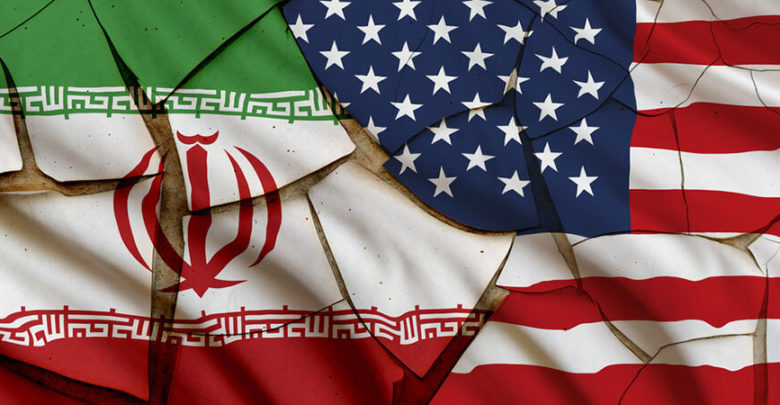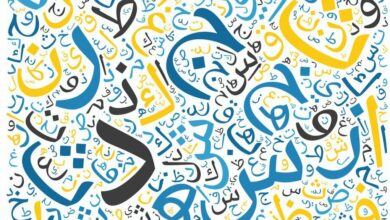Evolving Crisis between the United States and Iran in the Trump Era and Possible Options

Author: Dr. Waleed Kassid Al-Zaidi, Former Researcher at the School for Advanced Studies in Social Sciences (EHESS), Paris, France
:Trans
Dr. Hussein A. al-Mutahr, PhD Researcher in English Studies at Sidi Mohamed Ben Abdellah University, Saise, Fes, Morocco
Dr. El Hacen Moulaye Ahmed: Lecturer in English Linguistics at University of Nouakchott Al Aasriya, Mauritania
Democratic Arab Center
Journal of Afro-Asian Studies Third Issue – October 2019
A Periodical International Journal published by the “Democratic Arab Center” Germany – Berlin. The journal deals with the field of Afro-Asian strategic, political and economic studies
:Abstract
The current crisis between the United States and Iran, especially over Iran’s nuclear program, has received special attention in international politics as well as in most of the world’s media. This study begins with a quick historical follow-up of relations between Washington and Tehran from the beginning of the 19th century until 1990, then from the second Gulf War to the September 2001 events, and the last phase since the US invasion of Iraq in 2003 until the Iranian nuclear crisis. Through this historical follow-up, it is possible to understand the nature of American policy towards Iran, as it is clear that there is no fixed strategy for it , and that the options remain many and different. The study focuses on the growing crisis between the United States and Iran after Trump won the presidency and the inherent antagonism between them for decades, especially since the Islamic revolution in Iran, through the classification of the US as an axis of evil to the crisis of the recent nuclear agreement, as well as the Israeli role in the US-Iran crisis as general. The repercussions of the American hostility to Tehran made the crisis spread to the neighboring countries of Iran in the region, which led to strained relations with most of its neighbors, especially after the US withdrawal from the nuclear agreement recently. In addition, the study follows the options for the future conflict between the United States and Iran, Which include: The imposition of economic sanctions against Iran, the waves of US and Israeli policy toward international and regional isolation on Iran, as well as the option of change from within, and the most dangerous military option looming Washington and demanded and supported by Tel Aviv. Lastly, the study concludes provide a foresight related to the future of the crisis between Washington and Tehran, In its conclusions, the research study believes that the crisis is soon to be released and settled as it gets worse, as happened in the North Korean file several months ago, after a seven-decade-long feud between the United States and North Korea.




